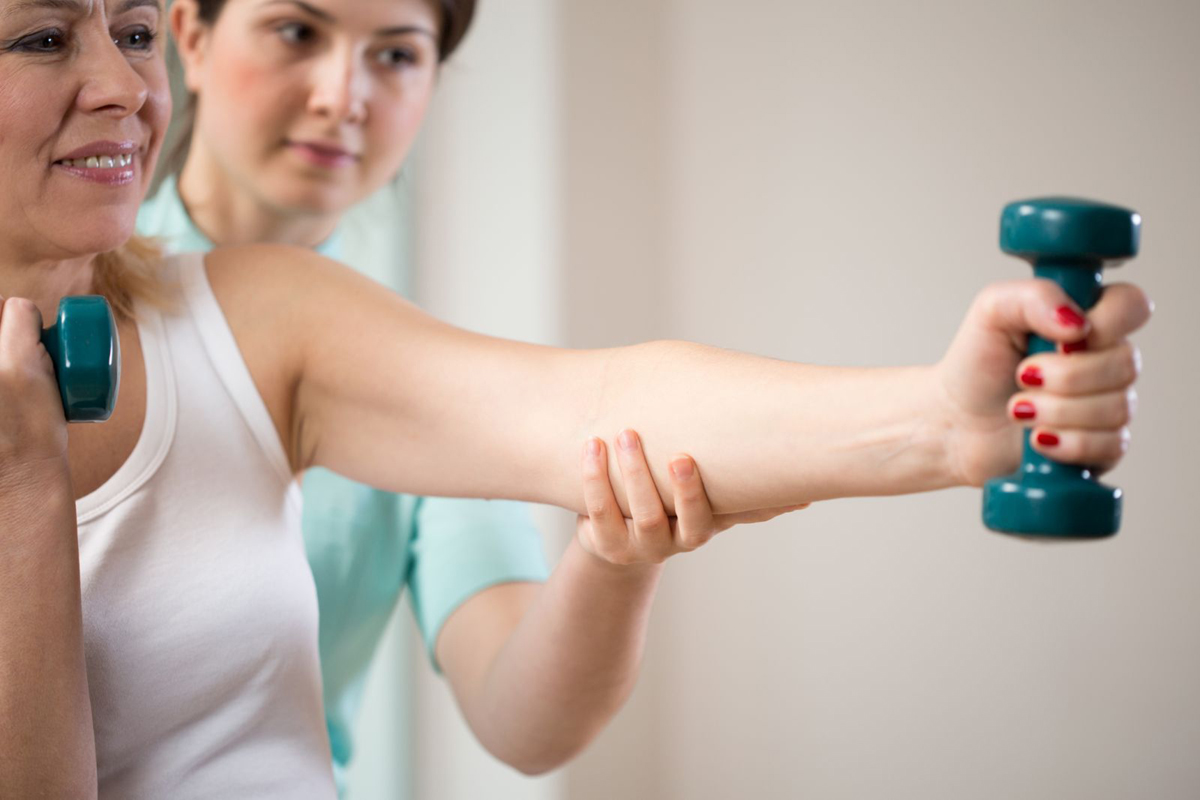Manuj Wadhwa
Maintain muscle with adequate protein- increase bone mineral content and decrease risk of fractures. It is recommended to have high-quality animal protein (eggs, salmon, lean meats) and plant-based protein (soy, beans, legumes).
QUIT THE SODAS
High-sugar diets impair bone growth and mechanical strength. In particular, diets high in carbonated beverages, such as soft drinks and even sports drinks, are associated with significant decreases in bone mineral density — in both males and females. Further, drinking soft drinks can also lead to weight gain and a decrease in lean muscle mass, and can contribute to the loss of calcium and iron, which are crucial to health and athletic performance. “While it’s vitally important to hydrate during any type of sport or physical activity, it might be worthwhile to drink bottled or tap water, milk, orange juice or drinks fortified with calcium instead of reaching for a sugar-filled sports drink.
CONSUME QUALITY CARBOHYDRATES
Not all carbohydrates have a negative impact on bone and joint health. Complex carbohydrates, such as fruits and vegetables, may actually improve bone mass density and increase calcium absorption by the intestine. In addition, fruits and vegetables contain antioxidants, vitamins, minerals, fiber and other phytonutrients that are essential for overall health.
BONE UP ON CALCIUM
Calcium, the most abundant mineral in the body, is one of the most important nutrients for bone health. The mineral also plays an essential role in muscle contraction, heartbeat regulation, nerve impulse transmission, regulation of blood pressure and immune system function. Getting the recommended daily intake of calcium (which varies by gender and age) can help ward off osteoporosis and keep your muscles and nerves properly functioning.
DON’T FORGET YOUR VITAMIN D
Vitamin D, also known as the sunshine vitamin because your body manufactures its own vitamin D with sun exposure, is key in helping your bones absorb calcium. New research also indicates that vitamin D helps boost the immune system and can help you live longer. Food sources of vitamin D include fatty fish and egg yolks as well as vitamin D-fortified foods such as cereals, orange juice, cow’s milk, cheese and yogurt
TAKE SUPPLEMENTS.
If there are dietary deficiencies, supplements (such as calcium carbonate or calcium citrates, as well as multivitamins) can be used to enhance skeletal health. Supplements can augment a healthy lifestyle as well as treat certain ailments, but supplements aren’t a cure-all nor are they miracle pills that make up for an unhealthy lifestyle.
OSTEOPOROSIS
As we get older, the amount of minerals in our bones decreases. If we lose too much calcium, we may develop osteoporosis, a disease that results in a loss of bone strength and high potential for fractures.
Osteoporosis is known as a “silent” disease because it has no obvious symptoms. If you are diagnosed with osteoporosis, several treatment options are available to manage the disease and reduce further bone loss, but there is no cure at this time. Take optimal dose of daily calcium and vitamin D, do regular exercises and sunlight exposure also helps retaining good bone mass. Having a bone density test (DEXA SCAN) is important because bone mineral density is the best predictor of fracture risk.
ARTHRITIS
Osteoarthritis is also called degenerative arthritis or degenerative joint disease. It is a chronic condition resulting from loss of cartilage, which cushions the joint (where two or more bones come together). Eventually, the loss of cartilage can result in pain, stiffness and loss of motion.
Pain and stiffness are worse with excessive activity, but also increase after a long period of inactivity, such as riding in a car.
Doctors diagnose osteoarthritis based on symptoms and a physical examination. X-rays can help determine the severity of the disease and rule out other causes of pain. The knees are the most commonly affected joint, followed by the hips and back
What To Do
* Choose the right kind of activities- those that build muscles around your joints but don’t damage the joints
* Focus on stretching, range of motion exercises and gradual progressive strength training.
* Include low impact aerobic exercises, such as walking, cycling or water activities, that will help control weight too.
* Being physically active at least 30 minutes a day most days of the week
* Deciding your healthy weight and setting a plan to reach and maintain that weight
GOAL
Decrease stress on your joints. Strong muscles will support joints and may reduce arthritis pain. Exercises that improve strength, balance and flexibility can help keep joints in good shape. Our bones become stronger and more dense the more we use them. It is important to create and sustain bone strength by doing activities that require some weight-bearing. Exercise builds up muscle strength and strong muscles can then help to stabilize joints. Proper footwear and good lighting can prevent joint injury during activity. Being overweight places a lot of stress on joints and can increase the chance of developing arthritis.
(The author is Chairman & Executive Director Elite Institutes of Orthopaedics & Joint Replacement IVY Hospital Punjab)


